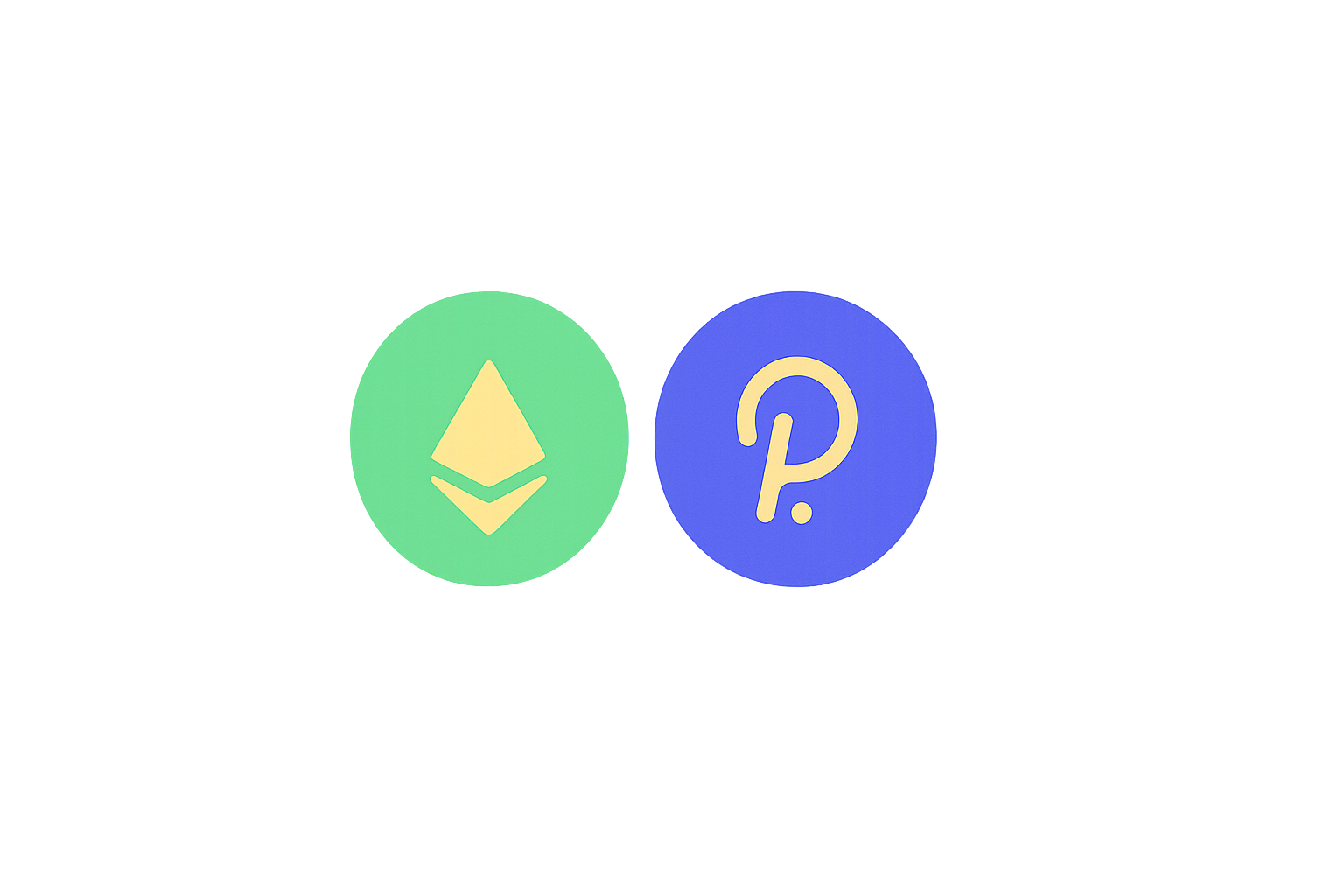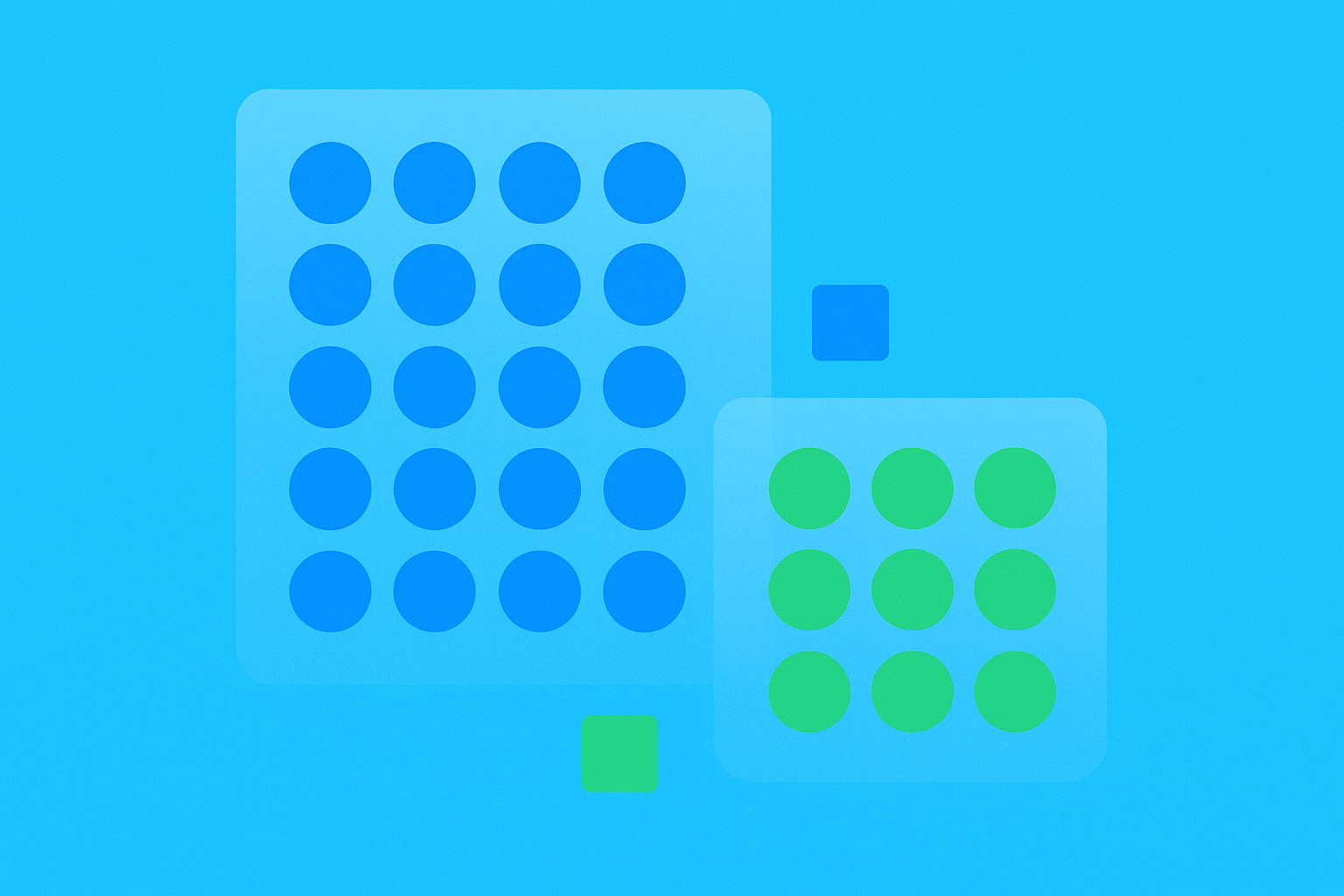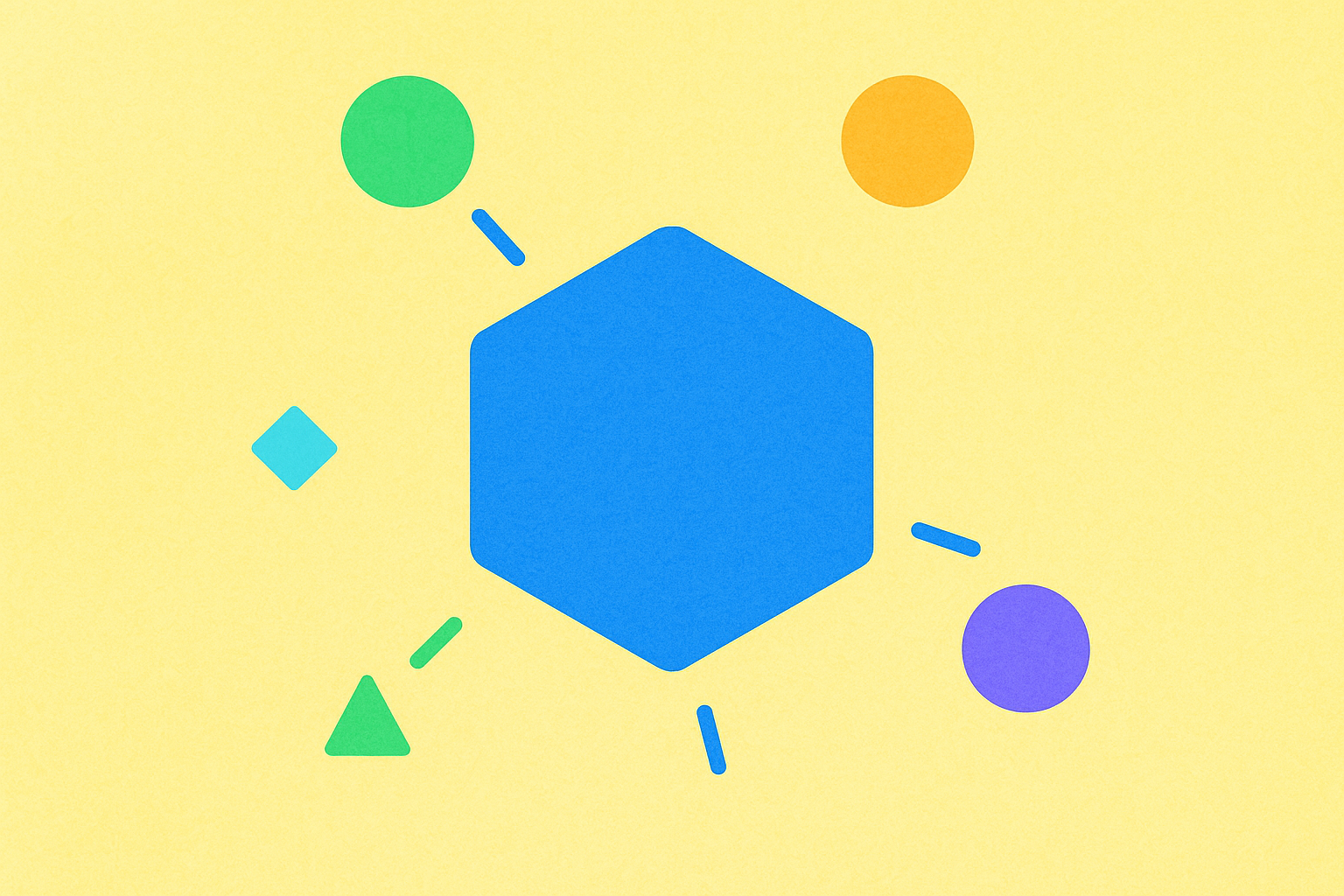Layer 2 Ağı ile Gate Layer hakkında tüm detayları keşfedin

Layer 2'nin Gücünü Keşfetmek: Blockchain Ölçeklenebilirliğinin Geleceği
Layer 2 ölçeklendirme çözümleri, blockchain ağlarının yapısal sınırlamalarına karşı dönüştürücü bir yaklaşım sunar. Büyük blockchain'lerdeki işlem hacimleri hızla artarken, bu yenilikçi protokoller mevcut blockchain altyapılarının üzerinde çalışarak, taban ağın güvenliğinden ödün vermeden işlem kapasitesini artırır. Layer 2 teknolojisinin temelinde, işlemlerin ana zincir dışında işlenip, nihai sonuçların ana katmana aktarılması yatar. Bu mimari yaklaşım, blockchain üçlemesi olarak bilinen güvenlik, merkeziyetsizlik ve ölçeklenebilirliğin aynı anda ve tavizsiz şekilde sağlanamaması sorununu aşmada belirleyici olmuştur. Layer 2 çözümlerinin teknolojik çerçevesi; state channel'lar, sidechain'ler, rollup'lar ve plasma gibi çeşitli yöntemleri içerir ve her biri güvenlik modelinde ve performans kriterlerinde farklı denge noktaları oluşturur. Hesaplama yükünü tıkanan ana zincirden uzaklaştıran bu çözümler, işlem kapasitesini önemli ölçüde artırırken, maliyetleri ve çevreye etkileri büyük ölçüde azaltır; böylece blockchain teknolojisini günlük kullanıcılar için daha erişilebilir ve verimli kılar. Layer 2 ölçeklendirme çözümlerinin benimsenmesi son üç yılda hızla artmış, önde gelen platformlarda kilitli toplam değer 2022'de yaklaşık 500 milyon dolardan 2025 ortasında 40 milyar doların üzerine çıkarak, bu teknolojilerin blockchain'in gelişimindeki vazgeçilmez rolünü gözler önüne sermiştir.
Gate Layer: Web3 Altyapısında Devrim Yaratıyor
Gate Layer, Web3 altyapısında yeniliğin öncüsü olarak, blockchain ağlarının karşılaştığı temel sorunlara kapsamlı bir çözüm sunar. Sadece işlem kapasitesine odaklanan geleneksel layer 2 çözümlerinin ötesine geçen Gate Layer, güvenlik, birlikte çalışabilirlik ve kullanıcı deneyimini aynı anda iyileştiren bütünsel bir mimari barındırır. Gate Layer'ın teknik altyapısı, dolandırıcılık tespiti için sıfır bilgi ispatları entegre edilmiş iyimser rollup mekanizmasını temel alır ve işlemlerin saniyeler içinde kesinleşmesini sağlayan hibrit bir sistem sunar. Bu mimari, Gate Layer'ın saniyede 10.000'in üzerinde işlemi işlerken, ana ağa göre 1/100 oranında düşük ücretlerle çalışmasını mümkün kılarak blockchain kullanışlılığında devrim yaratır. Gate Layer'ın öne çıkan özelliği, farklı blockchain ekosistemleri arasında güvenlikten ödün vermeden sorunsuz köprüler kuran zincirler arası iletişim protokolüdür. Platformun kompozisyon katmanı, geliştiricilere aynı anda birden fazla blockchain ile etkileşim kurabilen uygulamalar geliştirme imkanı sunar ve böylece Web3 alanındaki geleneksel silo ayrımlarını ortadan kaldırır. Gate'in merkeziyetsizliğe olan güçlü bağlılığı, beş kıtaya yayılmış 200'den fazla bağımsız node'dan oluşan doğrulayıcı ağıyla kendini gösterir; bu da operasyonel dayanıklılığı ve sansür girişimlerine karşı yüksek direnci garanti eder. Gate Layer'ın sunduğu entegrasyon olanakları, blockchain verimliliğinden yararlanmak isteyen büyük finans kurumlarının ilgisini çekmiş ve platformu geleneksel finans ile merkeziyetsiz sistemler arasında kritik bir köprü konumuna taşımıştır.
Layer 2 Ağlarında Uzmanlık: Temellerden İleri Düzey Kavramlara
Layer 2 ağlarının avantajlarını kavramak için temel mimari ve işleyiş dinamiklerini incelemek gerekir. Layer 2 çözümleri, mevcut blockchain protokollerinin üzerine inşa edilen ikincil yapılar olarak, işlemleri kendi başına işler ve sonuçları değiştirilemez doğrulama için ana zincire aktarır. Bu mimari yaklaşım, performans, ekonomi ve erişilebilirlik açısından çok boyutlu faydalar sunar. Layer 2 ağlarının teknik temelleri, tüm işlemlerin zincir üzerinde tam doğrulamasına gerek kalmadan geçerliliği garanti eden karmaşık kriptografik mekanizmalara dayanır. Bu sistemler, farklı güvenlik ve verimlilik profilleri sunan çeşitli metodolojik yaklaşımlardan birini benimser:
| Çözüm Tipi | İşlem Hızı | Güvenlik Modeli | Merkeziyetsizlik Seviyesi | Maliyet Etkinliği |
|---|---|---|---|---|
| Optimistic Rollup'lar | 1.000-2.000 TPS | Dolandırıcılık İspatları | Orta | Yüksek |
| ZK Rollup'lar | 2.000-10.000 TPS | Geçerlilik İspatları | Orta | Orta |
| State Channel'lar | 20.000+ TPS | Çoklu İmza | Yüksek | Çok Yüksek |
| Sidechain'ler | 500-5.000 TPS | Bağımsız | Düşük-Orta | Yüksek |
| Gate Layer | 10.000+ TPS | Hibrit İspatlar | Yüksek | Çok Yüksek |
Layer 2 ağlarının uygulamaya alınması, özellikle baz katmanda ekonomik olarak mümkün olmayan yüksek frekanslı mikroişlemler gerektiren uygulamalar için erişilebilirliği kayda değer şekilde artırmıştır. Gate Layer ile diğer L2 çözümlerini kullanan oyun platformlarında, entegrasyon sonrası kullanıcı kazanımları %300'ün üzerinde artmış; bu artış, daha önce katılımı engelleyen işlem ücreti sınırlarının ortadan kalkmasından kaynaklanmıştır. Gelişmiş Layer 2 uygulamalarında kullanılan üst düzey güvenlik mimarileri, işlenen işlemlerin bütünlüğünü matematiksel olarak garanti eden kriptografik mekanizmalarla güvenliği neredeyse aşılmaz hale getirir. Bu teknolojileri benimseyen finansal kurumlar, geleneksel mutabakat sistemlerine göre operasyonel maliyetlerinde yaklaşık %80 azalma ve işlem kesinliğinde günlerden dakikalara düşüş sağlamıştır.
Gate Layer'ın Kripto Para İşlemlerine Olan Dönüştürücü Etkisi
Gate Layer, blockchain ölçeklenebilirlik sorunlarına getirdiği yenilikçi mimarisiyle kripto para işlemlerinin dinamiklerini kökten değiştirmiştir. Gate'in geliştirdiği teknolojik altyapı, taban ağların güvenliğini koruyarak benzeri görülmemiş işlem işleme kapasitesi sunar. Gate Layer'da kullanılan özel sıkıştırma algoritmaları, birincil ağlardaki eşdeğer işlemlere kıyasla veri depolama gereksinimini yaklaşık %95 oranında azaltır; bu da doğrudan operasyonel maliyetlerin azalmasına ve çevresel sürdürülebilirlik açısından önemli bir avantaja dönüşür. Gate Layer'ın Web3 altyapısına katkısı; teknik gelişmelerin ötesinde, blockchain benimsenmesini engelleyen bariyerleri ortadan kaldıran köklü kullanıcı deneyimi değişikliklerini de kapsar. Platformun entegre geliştirme ortamı, geliştiricilerin uygulama geliştirme karmaşıklığını ciddi şekilde azaltan geniş araç setleri sunar ve uygulama geliştirme sürelerinde aylar yerine haftalara düşüş sağlar. Gate Layer üzerinde çalışan merkeziyetsiz uygulamalardan elde edilen gerçek veriler, ölçeklenemeyen ağlara göre ortalama kullanıcı tutma oranında %67 artış göstermekte; bu artış, platformun sunduğu yüksek tepki hızı ve düşük işlem sürtünmesiyle doğrudan bağlantılıdır. Gate Layer'a geçen projelerin finansal analizleri, operasyonel maliyetlerde ortalama %76 düşüşe işaret ederek yüksek ücretli koşullarda mümkün olmayan sürdürülebilir iş modellerini hayata geçirmiştir. Layer 2 teknolojisinin geleceği, giderek zincirler arası birlikte çalışabilirlik etrafında şekillenmekte; Gate Layer, daha önce birbirinden izole blockchain ekosistemleri arasında sorunsuz varlık ve bilgi transferi sağlayan kompozisyonel altyapının öncülüğünü üstlenmektedir. Bu evrim, Layer 2 teknolojilerinin en önemli katkısı olarak öne çıkıyor ve blockchain'i, farklı sektör ve kullanım alanlarında yaygın benimsemeye uygun evrensel bir dijital altyapıya dönüştürüyor.

Bedrock Derinlemesine İnceleme: Beyaz Kitap, Teknik Yenilikler ve Gelecek Yol Haritasının Kapsamlı Analizi

ZKJ nedir: Blockchain uygulamalarında ortaya çıkan Sıfır Bilgiyle Adalet Protokolü’nü anlamak

ZKJ nedir: Sıfır Bilgi Kanıtlarının temel teknolojisini anlamak

Lit Protocol (LITKEY): Çapraz Zincir Otomasyonu ve Gizlilik Altyapısı için Temel

Modern Bilişimde Anahtar İşletim Sistemi KOS’u Anlamak

XZK nedir: Dijital finans dünyasını kökten değiştiren devrimsel Blockchain teknolojisi

TET ve DOT: İki Temel Test Metodolojisinin Başlıca Farklarını Anlamak

XDB ve BAT: Dağıtık Veritabanı Çözümleri ile Geleneksel Büyük Teknoloji Altyapısının Kapsamlı Karşılaştırması

2023 yılında kripto para dünyasına yeni adım atanlar için en uygun platform hangisidir?

Bitcoin Fiyat Tahmini: 2025 Sonrası Görünüm

Web 3.0'u Anlamak: Merkeziyetsiz İnternet Evriminin Yeni Dönemi







